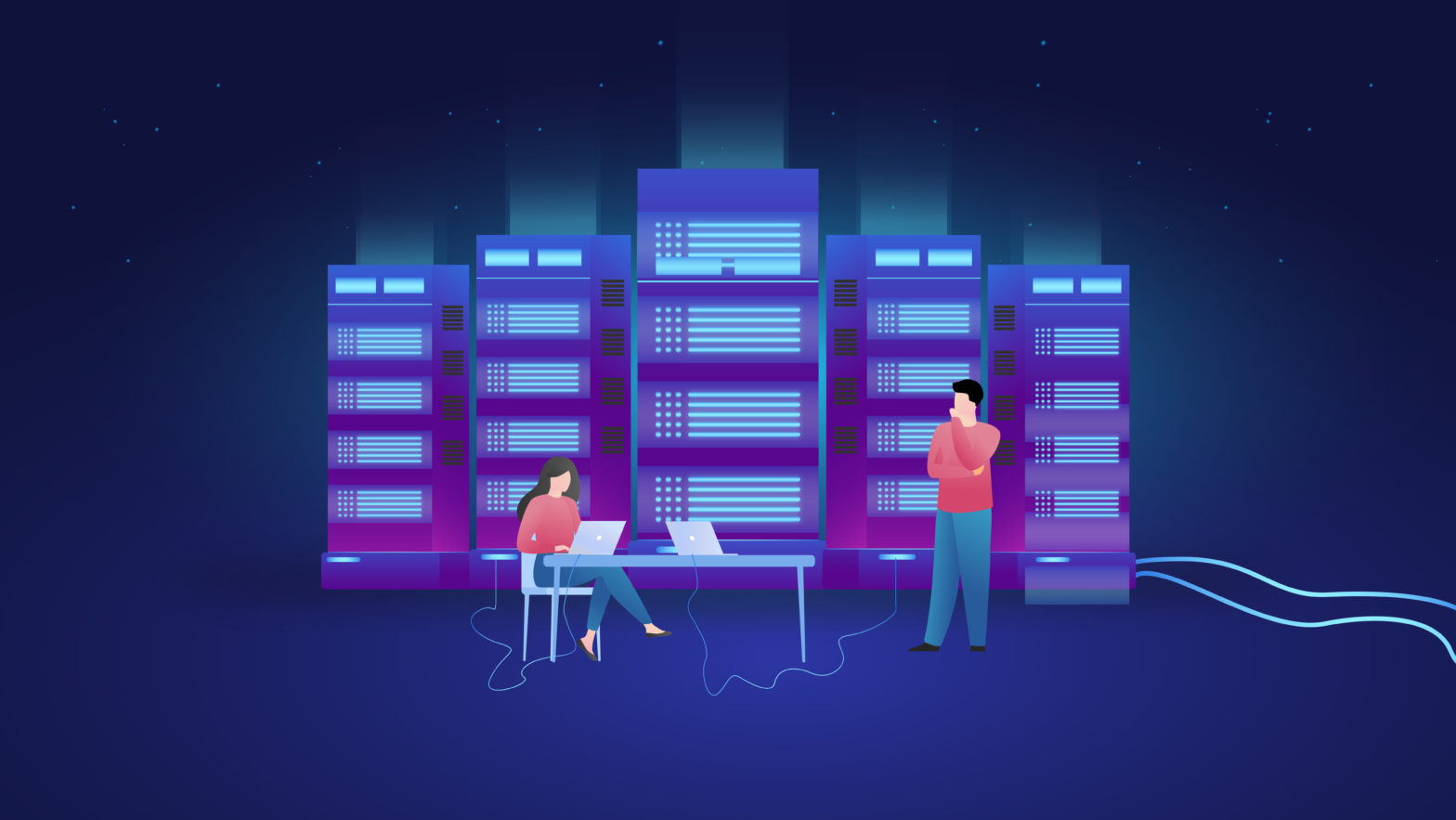The largest data center in the Philippines is being built in Cainta, Rizal this year, and will provide a huge boost to the internet infrastructure throughout the country.
Singapore data center company SpaceDC, which is investing more than $700 million into this facility, said the hyperscale data center campus dubbed MNL1 would cater to the “dramatically underserved” local market and be fully powered by renewable energy sources such as wind and geothermal energy.
The data center will cover an area of 4.3 hectares with a capacity of 72 megawatts, making it the largest data center in the Philippines, but not the only one. Multiple local providers are ramping up investment into data centers, as global technology giants like Ali Baba and cloud service providers look to move their operations to the Philippines.
This level of investment means the data center market is expected to be the next high-growth segment of the property market, according to real estate services firm Santos Knight Frank. By 2023, the Asia-Pacific (APAC) region is expected to post 90% growth in total data capacity, with data center spending in the region projected to grow to over $30 billion.
What are Data Centers?
Data centers are a centralized hub for networking infrastructure that collect, store, process, and distribute large amounts of data. Everything that happens online – all the data from websites, emails, videos, social media, images, literally everything on the internet – needs to be stored somewhere, and that’s typically in data centers.
Multiple companies may use the same data center to house their computing facilities or network equipment to provide a more efficient and reliable service to their customers. For example, RISE offers Data Center colocation as a value-added service to our core products. RISE offers retail space (per rack-unit or fractional rack lease) to host customer equipment in major data centers.
Why do we need more Data Centers?
Building more data centers in the Philippines expands the internet infrastructure available to businesses and to citizens, meaning more companies can get their services online and more people can access those services.
As more businesses move online, more and more data needs to be stored, and it needs to be stored in a safe and secure manner. Data centers provide the most economical and efficient means for businesses to manage their data. Without such centers, customers would see a dramatic decrease in the speed and reliability of internet services.
Cloud computing also relies heavily on data centers to provide additional data storage and processing that can be made available anywhere and on any device. This played a pivotal role during the pandemic, allowing more people to switch to working from home through online services.
What will it cost to build these data centers?
The dollar price of a new data center is often measured in the hundred millions to billions. However it is not just the dollar amount that countries must consider, as these facilities require significant amounts of land and power to get up and running.
Data centers are energy intensive. In the Philippines, total energy drawn by data centers is currently at 94 MW, but this is expected to more than double in the coming years. The typical data center in the Philippines draws power of 5-7 MW, but new builds like the MNL1 require over 70 MW.
Land use is also a concern, particularly for countries with a high population density like the Philippines. This is why Singapore, the leading hub for data centers in the APAC region, has placed a moratorium on new data center development.
The data needs of the Philippines is not decreasing however, and the demand for fast, reliable internet services is rising every year. New data centers like the MNL1 will need to set new standards not just in terms of scale, but also in energy efficiency, and operational excellence to be truly successful in the long term.



